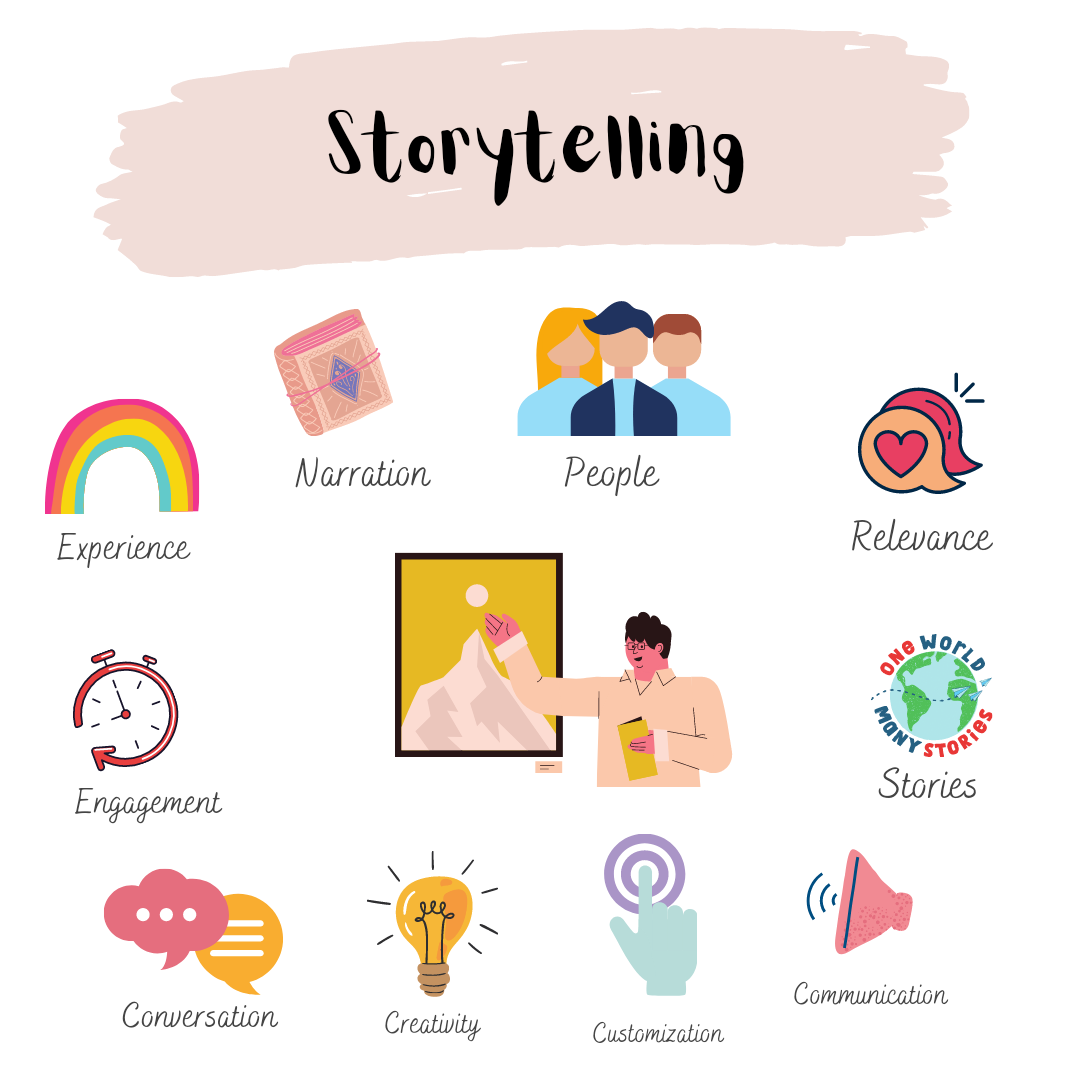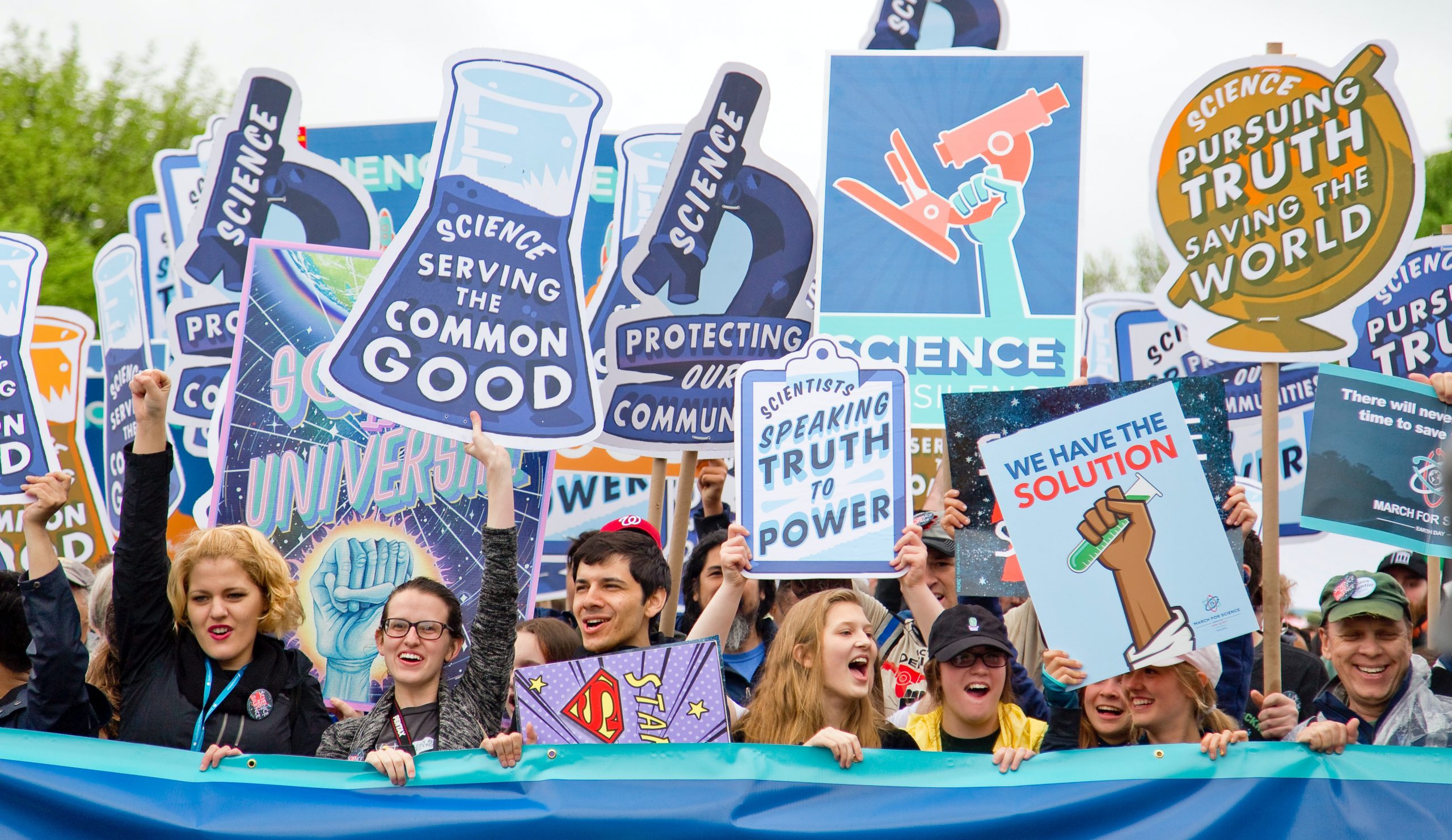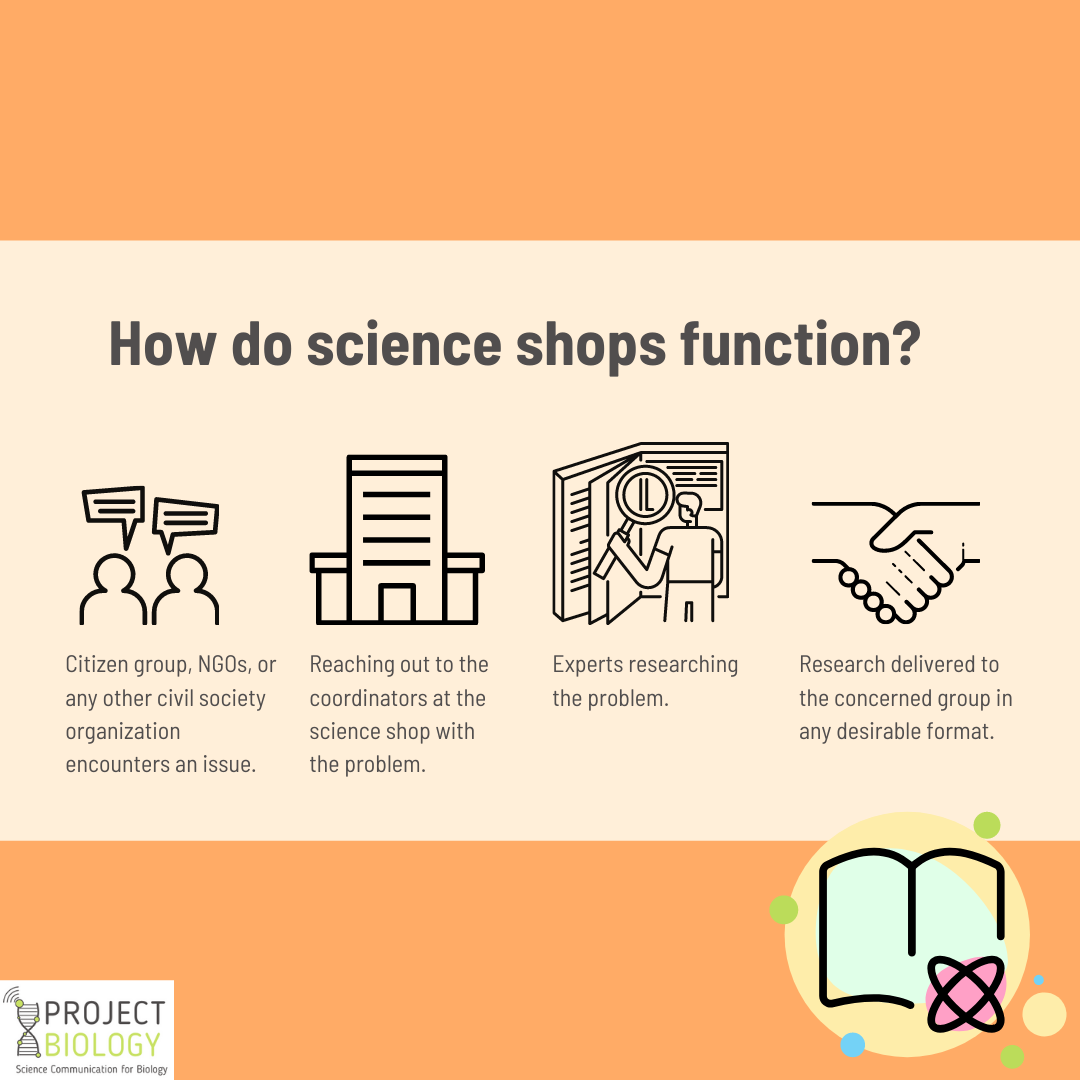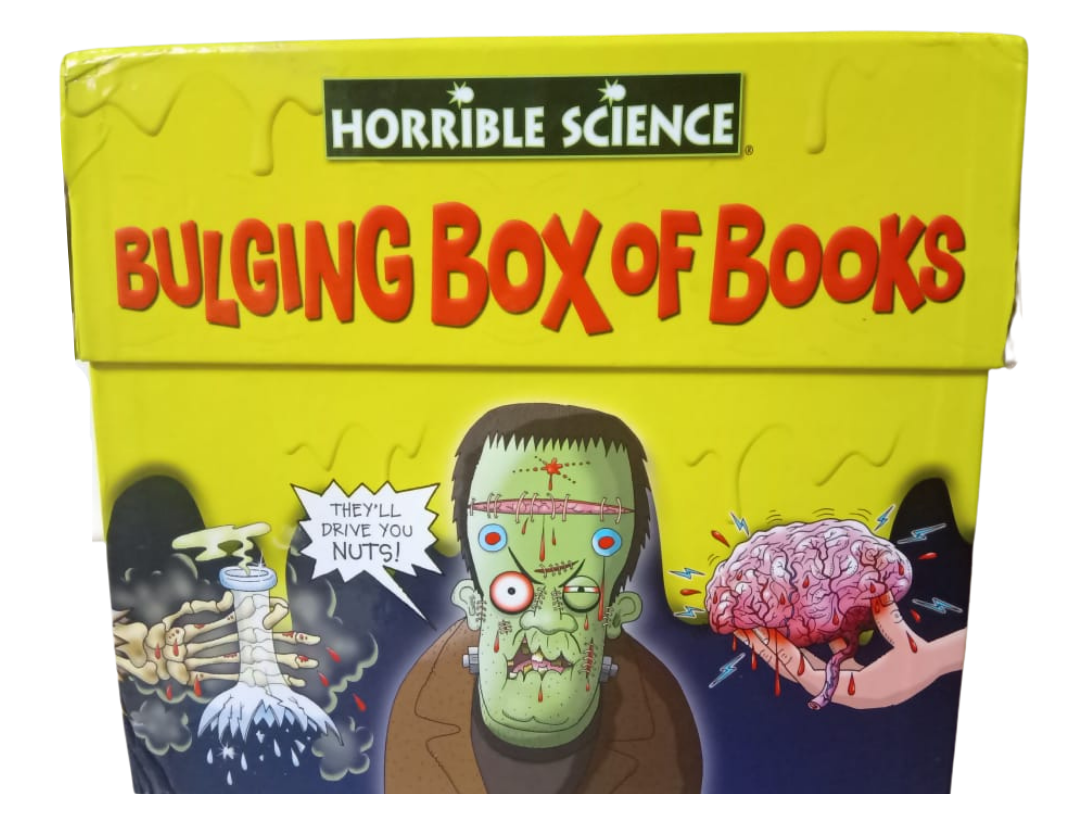“It’s not a museum. It’s not a place of artifacts; it’s a place of ideas’’– Jeanie Kahnke
The word museum often brings us the imagery of artifacts stored in glass cabinets. And when in a museum (once in a blue moon), we just hop from one exhibit to another. But, museums make more than mere storehouses of artifacts.
Museums conserve, collect, communicate, and exhibit humanity’s heritage and its environment for education, study, and enjoyment. So, with the right story to tell, museums and exhibits can become so much more.
Fascinating museums around the world
Since the 16th century, museums evolved slowly from private collections to exhibitions and finally into modern establishments for the public. Some of them have the most interesting stories to tell:
‘Tradescant’s Ark
John Tradescant the Elder, an English naturalist, established his own botanical garden and museum known as the ‘Tradescant’s Ark’ in 1629 in South Lambeth Road, London. Tradescant came to be known for its ‘cabinet of curiosities’ or wunderkammer (in German). The ‘cabinet of curiosities’ later served as the precursor of the modern museum that appeared in the 16th century in Europe.
Organized into four main categories: Artificialia, Exotica, Scientifica, and Naturalia, the cabinets include astonishing collections. These range from antiques, natural history objects, art creatures, and natural objects (with a particular interest in monsters).
The quest to understand nature always brings encounters with rarities and curiosities. So, Naturalia makes up one of the most interesting cabinets. This weird collection ranges from two-headed deer, giant stuffed crocodile, preserved sea creatures, stuffed mammals, the hand of a mermaid, stingray vertebrae, an exploded crayfish, as well as jewelry ornamented with scarabs, skulls, and tiny seahorses.
It accounts for objects found in nature and various other rare creatures. These were primarily collected during the expeditions of both the founder and his son.
Interestingly, the collections of Naturalia eventually laid the foundation of today’s natural history museums.
These collections represent the kaleidoscope of knowledge with a mix of art, natural science, and superstition. Not only this, but it also helped in easing the superstitious fear of monsters among people.
Museum Aldrovandi
Another museum as wondrous as Naturalia is Museum Aldrovandi in Palazzo Poggi in Bologna. Ulisse Aldrovandi, a natural sciences professor at Bologna, Italy, collected various biological and weird specimens during his lifetime. He then went on to illustrate the Monstrorum Historia, an illustrated book on monsters published in 1642.
With a particular interest towards mythical monsters and deformed creatures, the book contained illustrations and drawings of preserved animals and rare to find monstrous creatures (a weird mix of human and animal) that never actually existed, for example, a Seahorse Monster, three-headed dragons with a body of human, mermaids and deformed fetus.
His work showcased the linkage between human imagination and gob-smacking stories based on actual natural specimens, monsters, and legendary traveler’s tales.
Museums as experience centers
“Nothing ever becomes real ’til it is experienced.” ― John Keats
As seen above, the museums with their curious collections spark interest and bring forth memorable stories. Likewise, museums can indeed serve as curiosity centers, while focusing on visitor experience, interactivity, participation, and inclusiveness.
Even though the motivation of visiting a museum varies according to the choice of the visitor, connecting them with the stories from past remains a major objective. One way to connect people is to tell stories through objects and ideas to help them interpret the past and present and even augment the future.
But how to tell the stories?
Mediation in museums
As a museum’s job is to make a visitor’s experience meaningful and introduce them to different stories and perspectives with a delightful takeaway, hence comes the role of Mediation.
Used for the first time in France, Mediation refers “to a whole range of actions carried out in a museum context to build bridges between that which is exhibited (seeing) and the meanings that these objects and sites may carry (knowledge)”.
Simply put, mediation creates a bridge between the museum and its visitors and provides different visions for the collection as suitable for different audiences. Mediation includes using all tools and resources to develop a relationship between the visitor and a work of art/exhibit.
Mediation and Storytelling
“The purpose of a storyteller is not to tell you how to think, but to give you questions to think upon.” –
Brandon Sanderson
The art of storytelling finds a unique place in mediation practices used in museums to support narratives. In museums, storytelling can be called the language of the objects. It becomes a way of communicating the qualities and attributes of an exhibit through a story, encouraging the listener’s imagination.
The six features to create a narrative experience in a museum include:
- Relevance: Visitors must be able to relate their experiences to real life.
- Customized and flexible to suit the interest and mood of visitors.
- Immersive to make the visitors feel a part of the surreal experience.
- Dynamic as visitors always desire to experience a series of changes or actions.
- One-of-a-kind experience by introducing rare objects, new technology, or a rare occasion.
- Provide a sense of wonder by giving new information and unique ideas.
Various means of telling a story in a museum
Besides the six important aspects of storytelling in museums, the museum exhibitions can also include additional experiences to enhance the quality of exhibitions and public engagement. For example, museum education programs evoke multifaceted learning among visitors.
Programs such as hands-on learning by objects, guided tours, a session with the museum expert, games and activities, teacher training sessions, role-plays and live programs, staff visits to schools, school outreach through mobile exhibitions and traveling exhibits, virtual tours, and storytelling sessions, mobile apps, puzzles, and free downloadable activities, social media collaborations are some examples of educational programs.
Three basic strategies that make the base for designing an engaging and interactive museum education program include:
Inspire conversations
Create a scope for interaction among visitors to discuss and think about their experience and opinion. Allow visitors to become active participants rather than passive listeners.
Always ask questions throughout the guided tour to let visitors open up and share their own experiences. Dioramas, which are three-dimensional representation about a story in time, gives an essence of its true environment setting. Storytelling through dioramas can be engaging for visitors and allow conversations to flow.
For example, through its working exhibits, the Deutsches Museum showcased the in-depth history of each object through stories, demonstrations, and activities. They have also excelled in bringing the heritage to people through current technology by including a permanent Nano-scale exhibition on Nano and Biotechnology at the center of the hall, accessible online.
In the display “Nano is all around,” Nanostructures found in nature, from gold leaf to lotus effect and even in butterflies, are exhibited to engage visitors.
Making connections
Develop a connection between visitors’ museum experience and their own daily lives. Encourage group discussions by framing questions to relate the exhibit ideas and life experiences.
For example, The Delaware Art Museum created a website called “The Art of Storytelling” in 2006 to engage online visitors. The visitors can create their own version of pictures and stories inspired by the museum’s collection and submit these on the website.
Create Multi-outcome Experiences
Give visitor-centric experiences, break the ice and ask questions to understand the visitor’s purpose of visit, motivation, preference to learn or enjoy. Even live programs, a form of storytelling involving on-stage performance by trained artists, present a great opportunity for a lively and educational experience.
MAKE THE MUSEUM EXPERIENCE A MEMORABLE ONE !!
If you wish to learn more about the practice of mediation, seek to create a great experience for visitors in a museum you might work at, or planning an exhibition with a great storyline, get in touch with us.





Revathi V
Well written Madamji
M. Thangapandy
Well written article. Museum should develop a relationship between visitors and exhibits by using all tools and resources. Great.